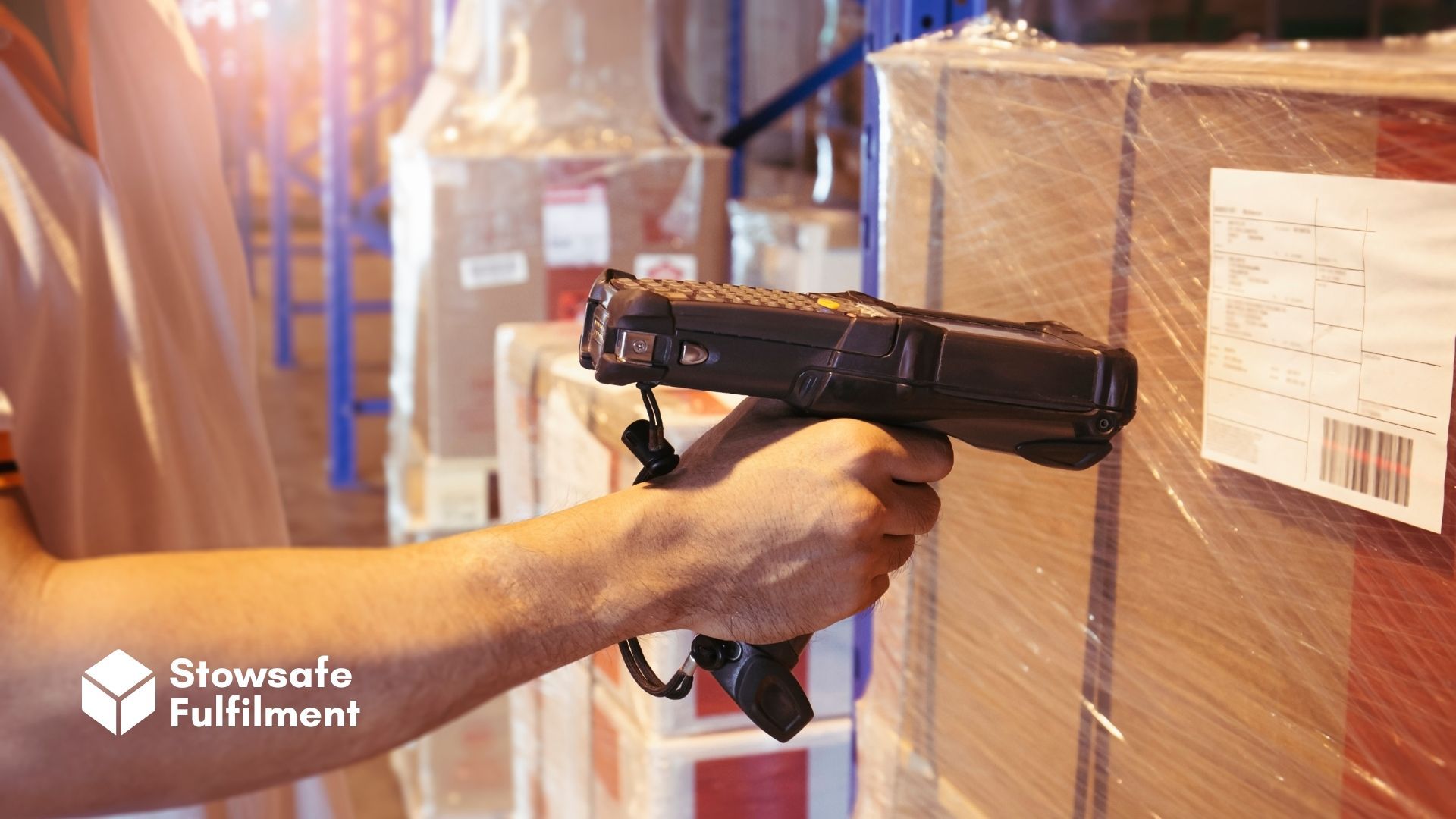Just-in-Time inventory means lean inventory management. Costs stay low while flexibility increases. It's popular for a reason – but are there downsides?

Like many elements of global supply management, the Just-in-Time (JIT) approach requires balance.
It's becoming an increasingly popular way of optimising operations and containing costs – and it's now used in a variety of industries including automotive, food, and tech. Not to be confused with the Just-in-Case strategy (which is actually the polar opposite), a well-executed Just-in-Time model successfully keeps costs controlled while ensuring stock is available and of the best quality.
However, to deliver its promises of quality and value, the model requires mastery of risk, foresight and – above all else – good partnerships with suppliers. How your company benefits from adopting Just-in-Time inventory management largely depends upon the type of goods sold, your business model and your existing infrastructure.
To help those curious to learn more, this article contains an introduction to the Just-in-Time philosophy, as well as some of the key considerations to bear in mind.
Just-in-Time inventory explained
The Just-in-Time method (commonly abbreviated to JIT) is all about keeping inventory levels as low as possible. Sounds a bit contradictory if a business wants to avoid running out of stock, right?
Well, JIT isn't about waiting until things run out completely before replenishing. It's more about prioritising good forecasting and reacting quickly when stock looks low.
This method avoids stockpiling products and raw materials, eliminating waste and reducing overheads. A well-executed JIT model successfully keeps costs controlled while ensuring customers are always able to order the items they need.
A brief diversion: JIT and Toyota
Fun fact: JIT manufacturing is also known as the
Toyota Production System (TPS), as it has been key to the car manufacturer's philosophy since the 1970s. Vehicles are made to order and generate a signal for parts to be replaced, maintaining a continuous inventory.

JIT is aided by other elements of the TPS, such as Heijunka (English: "production smoothing"). This method uses modelling to level fluctuations across critical departments, reducing bottlenecks. For Toyota, the JIT method means manufacturing parts must fit correctly the first time, preserving the quality of the brand.
Pros of JIT: when does the Just-in-Time system work well?
The JIT inventory system works by ordering stock as required and only in the volumes necessary, thus keeping storage costs to a minimum.
If an order is cancelled, the manufacturer can likely manage the unforeseen increase to the inventory because they aren't adding to a substantial stockpile.
Even if they aren't familiar with the term, most small eCommerce businesses employ the JIT method. Holding smaller inventory reserves and topping them up in response to order confirmations requires a lower initial investment and keeps cash flowing.
Maintaining a smaller inventory also makes things easier to run in the early days when a small team (or solo CEO) is responsible for managing inventory, shipping orders and building the brand.
For some industries, JIT is the only method of fulfilment. JIT inventory ensures the highest quality in products with short shelf lives or limited selling capacity. Think items such as food and drink, cosmetics and seasonal products.
Likewise, any product that is bespoke, personalised or otherwise customised can't be stockpiled. It can only be made once the customer's specifications are known.
Cons of JIT: things to consider when relying on Just-in-Time
A main benefit of a JIT system is that it minimises the need for a company to store large quantities of stock. This makes the business more efficient and – in theory – allows it to enjoy substantial cost savings from storage and wastage.
However, this benefit is also its greatest risk. Any disruption to supply or demand can bring everything to a grinding halt.
COVID-19 was a prime example of the vulnerabilities of JIT fulfilment. Labour shortages disrupted supply chains, creating back-ups and bottlenecks. At the same time, demand for certain products (face masks, PPE, the dreaded toilet roll) skyrocketed.

Even the best forecasting tools in the world couldn't have predicted the overnight surges. On-hand stocks were decimated, leaving shelves bare.
Knock-on impacts are still being felt now, years later – part of which is due to the impact the lockdown years had on forecasting accuracy.
eCommerce, for example, saw exponential growth during the months where brick-and-mortar stores were closed. Many a retailer has since fallen foul to overstocking, having placed orders using anomalous sales data – though, of course, a JIT system allows for greater flexibility and less risk in this respect compared to a longer ordering model.
JIT inventory methods aren't just at risk during once-in-a-lifetime events, however. An assortment of shortages
hit UK supermarkets in 2023, including bell peppers, eggs, cucumbers and tomatoes.
Grocers can't stockpile products like these, given their short shelf lives. This means supply is vulnerable to supplier disagreements, supplier insolvency or simply a poor crop yield due to weather or disease.
With JIT, contracts are often negotiated continuously, shipment-by-shipment. Thus prices are volatile and cash flow is more difficult to predict.
Closing thoughts on JIT inventory management
Keeping stock low allows businesses to be reactive and cost-effective. However, it can also mean they aren't able to capitalise on micro-trends or protect themselves against disruption.
While the model makes sense and comes with many benefits, small to mid-sized businesses should consider taking inspiration from the approach while still future-proofing themselves.
For JIT to work effectively, the method requires reliable suppliers and a robust supply chain. But, more importantly, it requires a good inventory management approach.
Sensible inventory levels can be stored with a good-value fulfilment provider. One that only charges for the space actually used – and uses competitive technology that improves the accuracy of inventory management, as well as ensuring effective forecasting.
At Stowsafe Fulfilment, this is our number one priority.
Contact the team today to find out more about our bespoke
order fulfilment process, which is completely designed around you.
All Rights Reserved | Stowsafe Fulfilment














